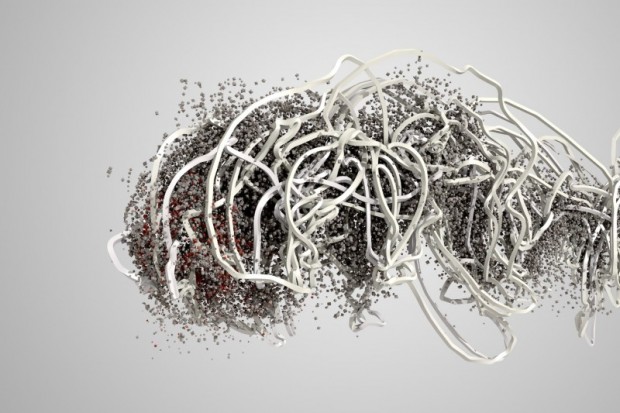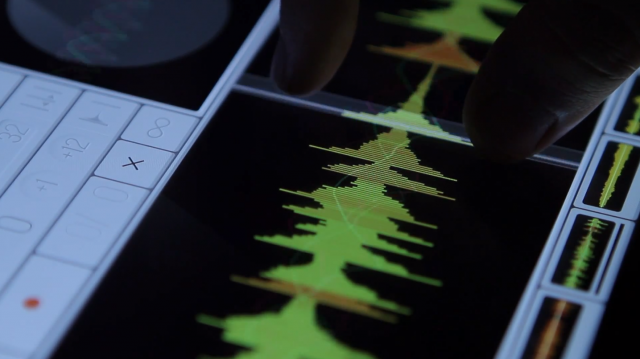Auto Chasing Turtle – HirotakaSter
The Auto Chasing Turtle is a small autonomous robot that has the ability to recognize peoples’ faces using a Kinect, OpenFrameworks, Android, and other assorted software. Upon recognizing a person, the turtle perks up and scurries in their direction. The user can also see what it’s seeing by connecting the turtle wirelessly to an iPad and using the Kinect as a video camera.
This project’s a lot of fun for a couple reasons: first of all, it’s a home-made hack. Though it definitely shows that this robot was cobbled together out of various bits of hardware, it is in an impressive and admirable way. It’s always really cool to see what can be made out of relatively commonplace tech. It also incorporates a couple of preexisting software hacks; this video is actually a response to a Kinect/Android hack from which it almost certainly acquired some of the code. Not only is this a cool project from the community standpoint, but from a more personal perspective I find it incredibly cute–as it waddles towards the user or jumps in recognition I can’t help but want to cheer it along.
It’s not a polished project but what’s excellent about hacks like this is that it’s left a lot of room for improvement. It could go in a lot of different directions in terms of both improvement of function and in use. Right now it’s just wandering around the hacker’s house; it would be cool to see it in perhaps interacting with strangers in a public space or as part of a performance piece. It would also be interesting to add other animal characteristics and allow for autonomous movement outside of following people. It seems like a work in progress, though, so hopefully the hacker will continue improving the design and posting updates on his channel.
Funky Forest – design-io.com/projects/FunkyForestSAM/
Funky Forest is an installation piece that was built for the Singapore Art Museum where visitors can become part of a virtual forest–the site describes it as “an interactive ecosystem where children create trees with their body and then divert the water flowing from the waterfall to the trees to keep them alive”.
It’s a great application for kids–it’s an interactive piece that gives them a goal to work toward rather than just offering them a camera to flail their arms at. It also has a great environmental tone without being preachy; it and the other exhibits at this museum all offer a playful interaction with nature.
It might have been interesting to somehow combine this project with a physical interface, especially one that was made of real plants. If it could be done in such a way that prevented the plants from coming to any harm it would certainly drive home the idea that your actions directly influence your surrounding natural environment. As it stands, though, it’s a fun contribution to the museum and a good use of the technology that OpenFrameworks has to offer.
Dérive – http://www.francois-quevillon.com/html/en
Dérive is an interactive piece that shows the user through both audio and visual feedback the realtime environmental changes to the displayed urban areas. It attempts to show the blending of the digital and corporeal sectors on a city-sized scale.
I love how this piece looks and the concept of combining urban realities on and off of the web. I’m frustrated, however, by how it’s unclear from the videos as to what extent the user can interact with the piece. I’d like to see how easy it is for the user to maneuver around the city and how much information they see fluctuating as they explore. I’d like to see more about the actual information that is processed in the generation of this piece.
I do appreciate this artist’s style, though. Other pieces of his like Ciels Variables also sample huge amounts of data for relatively simple and elegant simulations. Though I would have preferred to have more of the data information in the visualization I still appreciate these works for their attempts at blending the real world with the digital.





